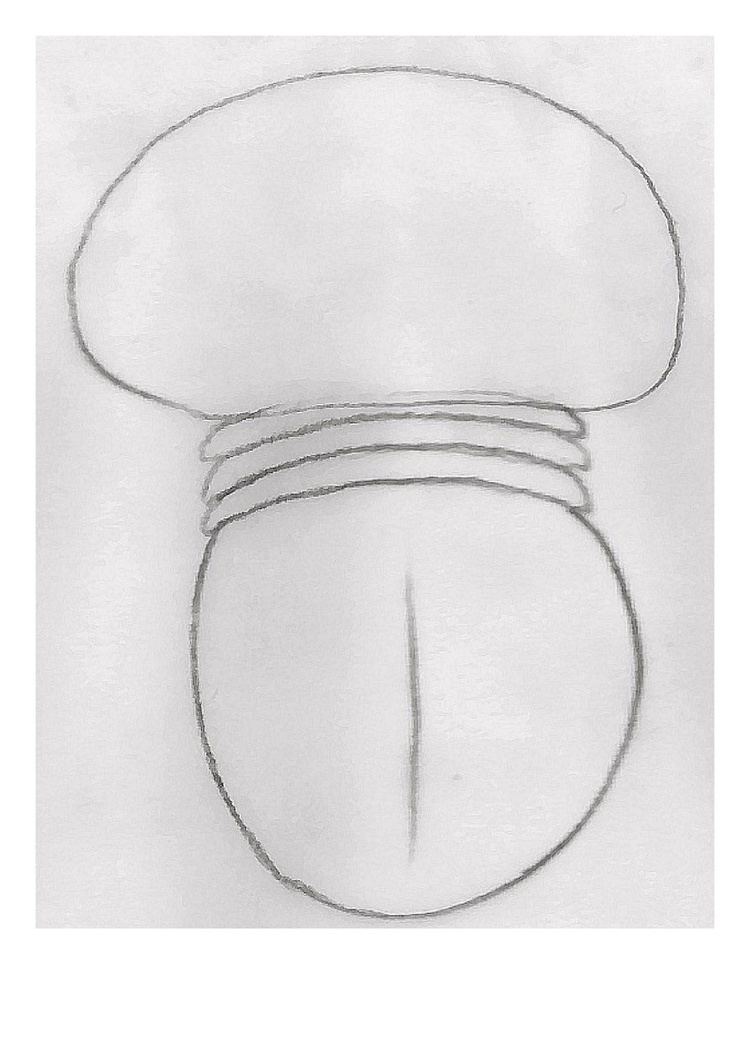Genus Soomaspis | Species S. splendida | |
 | ||
Similar Tariccoia, Buenaspis, Misszhouia, Naraoiidae, Emeraldella | ||
Soomaspis is a genus of small to average size (about 3 cm or 1.2-inch long) marine arthropods in the Liwiidae Family, that lived during the late Ordovician (early Hirnantian). Fossil remains of Soomaspis were collected from the Western Cape, South Africa. Soomaspis looks like a large, soft agnostid trilobite. It has a headshield (or cephalon) wider than the tailshield (pygidium), and in between them three thoracic body segments (somites). The genus is monotypic, its sole species being Soomaspis splendida.
Contents
Etymology
The name of the genus is a compound word of the deposit where the species was collected (the Soom Shale), and the Greek word "aspis" (shield). The species epithed, splendida comes from the Latin word "splendere" (brightness).
Description
Soomaspis splendida is estimated to be over 3 cm (1.2 inches) along the axis, 1 1⁄2 times longer than wide. The dorsal exoskeleton consists of a cephalon, a pygidium and two or three thoracic somites with articulating half-rings, all non-calcified, supposedly of medium convexity. The axis is poorly defined. The cephalon is transversely oval, widest at midlength. The cephalon is wider than the pygidium. Eyes are absent. Antennas are not known. The body is constricted at the three thoracic somites, so the animal gives the impression to have a waist. The pygidium is slightly wider than long, with the greatest width at midlength. The pygidium has a mid-ridge and five segments divided by clear furrows on the outer parts of the pleural field. The back edge of these furrows curve backwards, ending at a sharp angle to the pygidial margin.
Differences with other Liwiidae
Distribution
Soomaspis splendida has been collected from the Soom Shale (early Hirnantian), Keurbos Farm, near Clanwilliam, Cape Province, South Africa.
Habitat
Soomaspis splendida was probably a marine bottom dweller. The Soom Shale is sometimes interfingered with the glacial tillite of the Pakhuis Formation, indicating that Soomaspis lived in the open sea, near the edge of an ice sheet.
